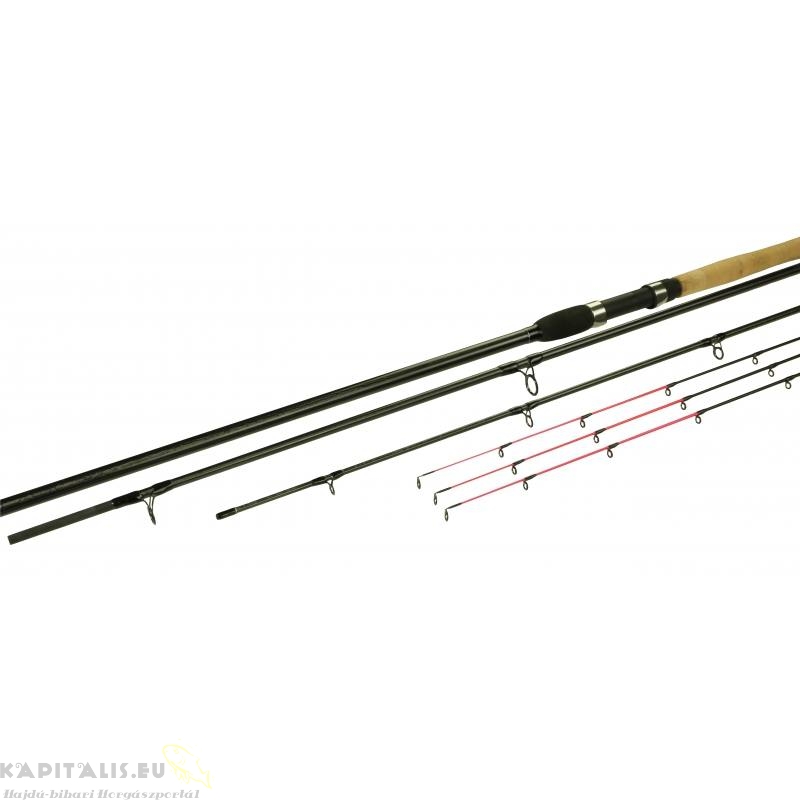
( Note: C-series pins can be installed into blind holes without embedding the shoulder into the surface. When the pin hits the bottom of a blind hole, the threads are locked into place.) This creates additional holding power.Īpproximately 50% of the shoulder should be below the surface whenever possible. However, in very thin material keep the spotface shallow to leave as much room for threads as possible. Approximately 0.020" should serve as a minimum for spotface depth. If an invisible repair is not an issue, you can leave approximately 50% of the shoulder protruding above the surface of the completed repair for additional strength. Use a slow speed drill with all spotfacers to improve life of the cutting edges. Spotfacers cut an angle into the surface that matches the negative angle under the shoulder of the corresponding pin. Our AccuSize™ drill bits are patent pending.Ī spotfacer is required for C-series pins installed into through holes. Spotfacers cut a recess into the surface of the casting to accept part of the shoulder of the pins. Some of the shoulder must remain below the surface after it is ground or machined flat. The shoulder is what holds the Spiralhook™ threads tight. Standard drill bits usually drill oversized and out-of-round holes when drilled by hand. AccuSize™ drill bits also stay sharp longer and drill cast iron faster than any other split point high speed steel drill bit. C1 Tough Duty AccuSize TM Drill Bits, L4402AC, L4400AC.ĪccuSize™ drill bits prevent oversizing and egg-shaping drilled holes. Having a good, round and accurate-sized hole is essential to making a good repair. These drill bits will hold an edge longer and will stand up to harder material. Use our Tough Duty drill bits if your standard bits have difficulty drilling and staying sharp in your applications. Tough Duty drill bits are made of high quality tool steel and heat-treated to higher hardness. Example: If you order C1BT-1, you will receive 1 of the C1 Bottoming Taps. REMEMBER: Our part numbers reflect a package quantity. Power tapping ( see L02550) with C-series taps will produce the best threads and increase the life of your taps. C1 and C2F taps use the Finishing and Bottoming version. Use the Finishing tap for through holes and end the tapping cycle of a blind hole with the Bottoming tap. The Bottoming tap will be at the bottom of the hole when it starts to tighten. If you still have questions, you can always contact us and ask for Steinar Danielsen. If you have arrived at this page and need more information, here are some pages you can explore that should help explain our process and products: Metal Stitching, Products. This chapter shows you the part numbers for the C1 stitching pin kits. The C-series pins are so versatile, powerful and innovative they deserve their own special kit combinations. C1 Stitching Pin Mini Kits and Larger Kits:

Tough Duty drill bits, AccuSize™ drill bits, Spotfacer, Drill Stops, Spacing Fixture, Tap Adapter, Extension Kit, Tap Extractor Important note: Our part numbers reflect a package quantity.Įxample: If you order C1C-100 you would receive a package of 100 pieces of the C1C stitching pin. To learn about the capabilities of C1 pins, please review the Stitching Pins page.

This page shows you the part numbers for C1 pins and their tooling. Tap drill=0.136" Pins per inch of repair=5

Thread diameter=0.165" Shoulder diameter=0.215" Both the C1 and L4 stitching pins use a tap drill size of wire 29. C1 and L4 also share a lot of other tooling. This is our smallest CASTMASTER™ stitching pin. This tiny pin is used mostly in thin walls as thin as 0.125" and in tight spots. In 0.125" material, one pin will create 130 pounds of holding power. It can be helpful to leave about 0.040" of shoulder above the surface to add strength to thin material repairs when possible. The C1 stitching pinsare made of both steel and aluminum.


 0 kommentar(er)
0 kommentar(er)
